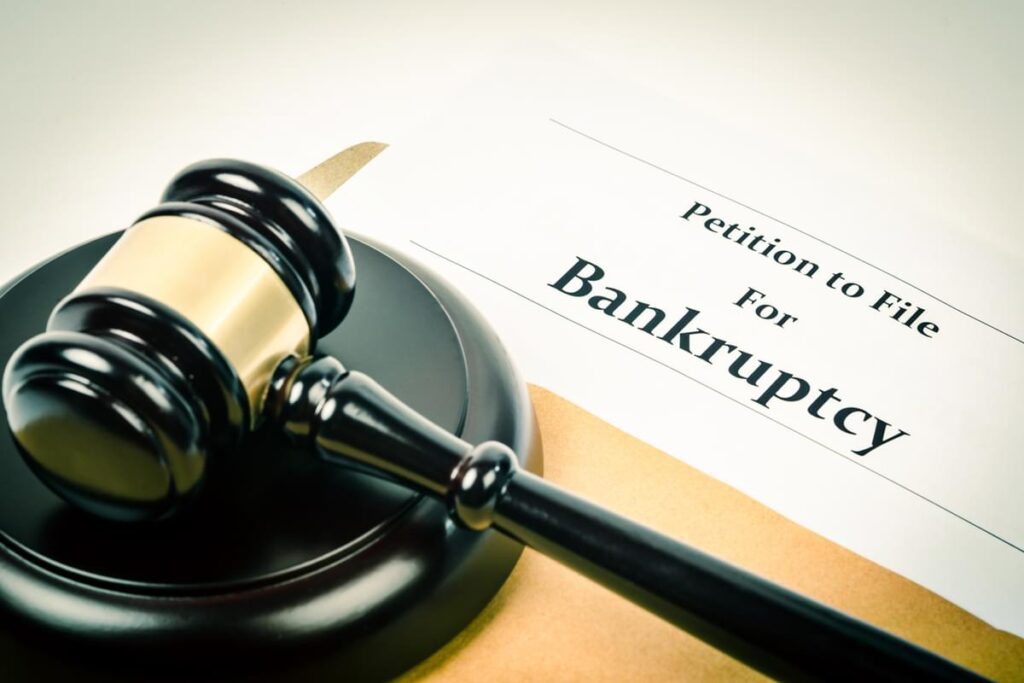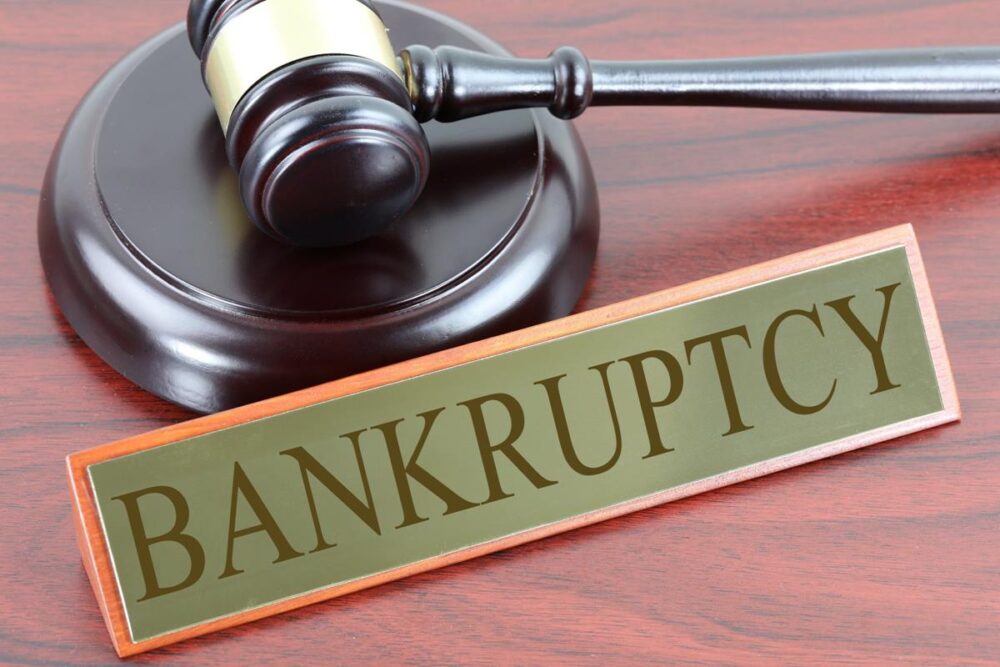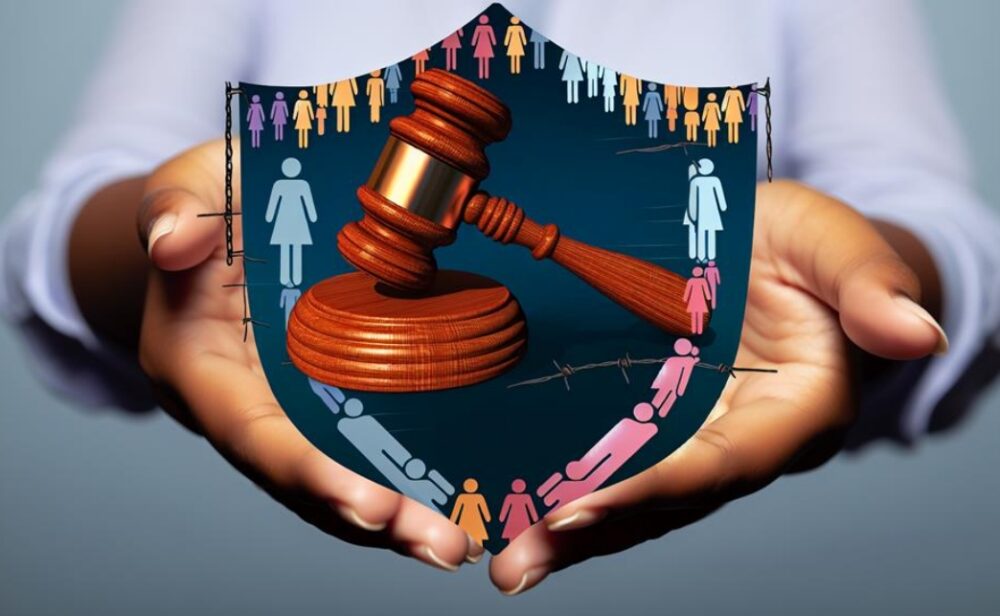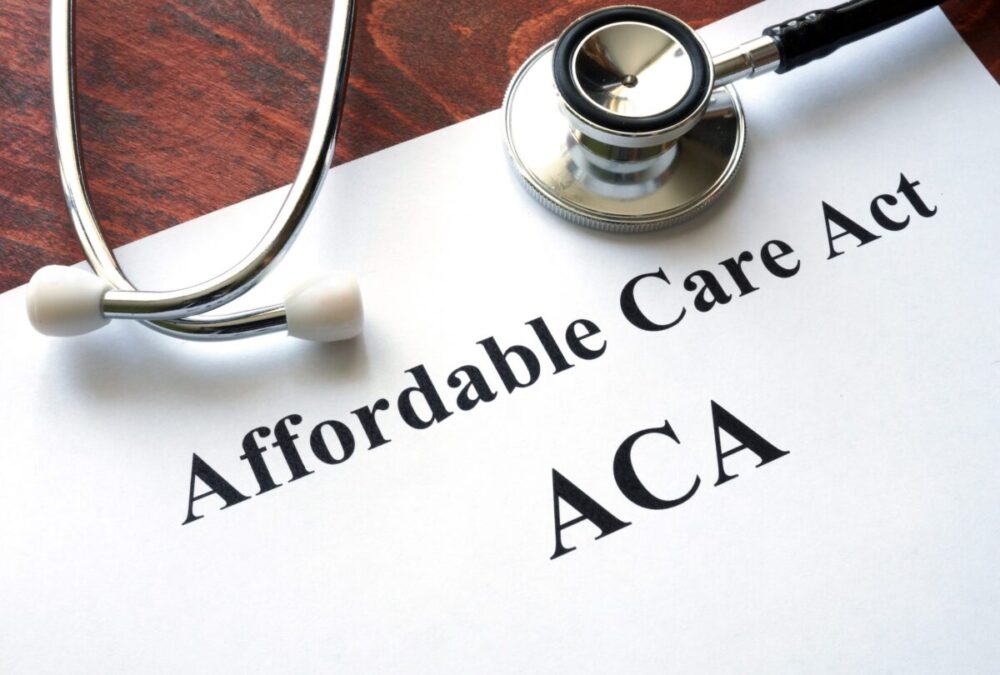Bankruptcy is a legal process that can help people dealing with overwhelming debt. While bankruptcy is often seen as a last resort, it can actually be a viable option for many people in need of financial assistance. But filing for it can be both a complicated and intimidating process—not to mention, many people don’t even know where to start. It’s important to understand exactly what bankruptcy is and how it works before making any decisions. This article will explore the most important things you need to know about it, from how it works and its different types, to what you should do if you’re considering filing.
As we said, this is a legal process that allows individuals or businesses to reorganize their finances and eliminate some or all of their debts. In most cases, it is filed when an individual or business is unable to pay their debts. When an individual files for it, their assets are typically sold off to repay creditors. Businesses often file for it to liquidate their assets and repay creditors.
Filing for bankruptcy has many benefits, including giving individuals or businesses a fresh start, stopping creditor harassment, and eliminating some or all of one’s debt. However, there are also some drawbacks to filing for it, such as the negative impact it can have on one’s credit score and the fact that certain types of debt cannot be discharged in bankruptcy court. Read more to understand exactly how bankruptcy works and the different types available.
The Different Types of Bankruptcy

There are different types of bankruptcy, each with its own requirements and rules. The most common types are Chapter 7 and Chapter 13.
Chapter 7 is also known as liquidation bankruptcy. It is the most common type. In a Chapter 7 , you must give up your non-exempt property to pay off your creditors. Your nonexempt property will be sold by the trustee and the proceeds will be used to pay your creditors.
Chapter 13 is also known as reorganization bankruptcy. In a Chapter 13, you do not have to give up your property. You will be required to make payments to your creditors over a period of 3 to 5 years. After you have made all of the required payments, any remaining debt will be discharged.
Who Can File for Bankruptcy?
Anyone who is unable to pay their bills and debts can file for bankruptcy. This includes businesses, individuals, and married couples who are struggling with debt.
In order to qualify, filers must be able to demonstrate that they are unable to pay their debts. This is usually done by providing financial documents and proof of income. Additionally, some states require filers to pass a “means test,” which determines whether their income is low enough for them to qualify for it.
The Bankruptcy Process

When you file for it, the court issues an automatic stay that halts most collection actions against you. This gives you time to catch up on missed payments, work out a repayment plan with your creditors, or sell assets to pay your debts.
Once you file for bankruptcy, the process usually takes about six months from start to finish. During this time, you will need to attend mandatory credit counseling and debtor education courses. You will also need to submit financial information to the court and attend a meeting of creditors, during which your creditors may ask questions about your case or object to certain aspects of your bankruptcy petition.
The court will then decide whether to discharge your debts or convert the case to a Chapter 13 repayment plan. If you receive a discharge, all of your unsecured debts will be forgiven and creditors cannot take any further action to collect them. Once the bankruptcy is complete, you can begin rebuilding your credit score.
Pros and Cons of Filing for Bankruptcy

There are a number of pros and cons to filing for bankruptcy. On the plus side, it can give you a fresh start by discharging your debts. This can allow you to keep your property and possessions, and can help you rebuild your credit.
On the downside, it can be expensive and time-consuming, and it will stay on your credit report for seven to ten years. Additionally, some types of debt cannot be discharged in bankruptcy, such as student loans and child support. Finally, filing for it does not protect you from all creditors; certain creditors, such as the IRS, can still pursue you even after you have filed for it.
Alternatives to Bankruptcy
Individuals who are unable to repay their debts may consider alternatives to bankruptcy such as:
- Negotiating with creditors: Creditors may be willing to work with individuals to create a repayment plan that is feasible for both parties. This could involve lowering interest rates, waiving late fees, or extending the repayment period.
- Debt consolidation: Individuals can consolidate their debts into one loan with a lower interest rate. This can make repaying debts more manageable and affordable.
- Credit counseling: Counselors can work with individuals to develop a budget and create a plan to repay debts. They can also provide support and guidance to help individuals stay on track.
- Debt settlement: This involves negotiating with creditors to agree on a lump-sum payment that is less than the full amount owed. Once the debt is settled, the individual is no longer obligated to make payments on it.
- Personal bankruptcy: This is a legal process that allows individuals to discharge some or all of their debts.
Wrapping Up
We hope that this article has provided you with a comprehensive overview of bankruptcy and the most important things to know. This can be an intimidating process, but it doesn’t have to be.
Having a clear understanding of what bankruptcy is, how it works and the potential implications will help prepare you for any decision you make in the future. With careful planning and proper preparation, anyone facing financial difficulties can make well-informed decisions that will benefit them in the long run.





